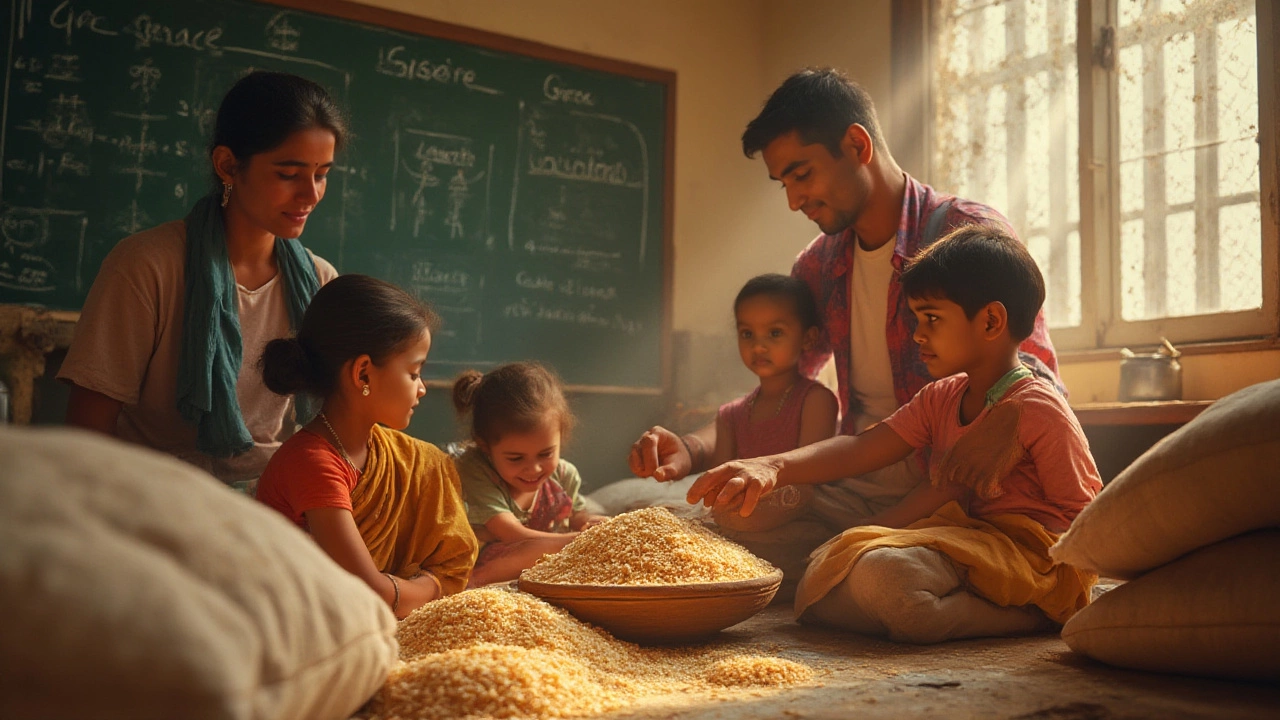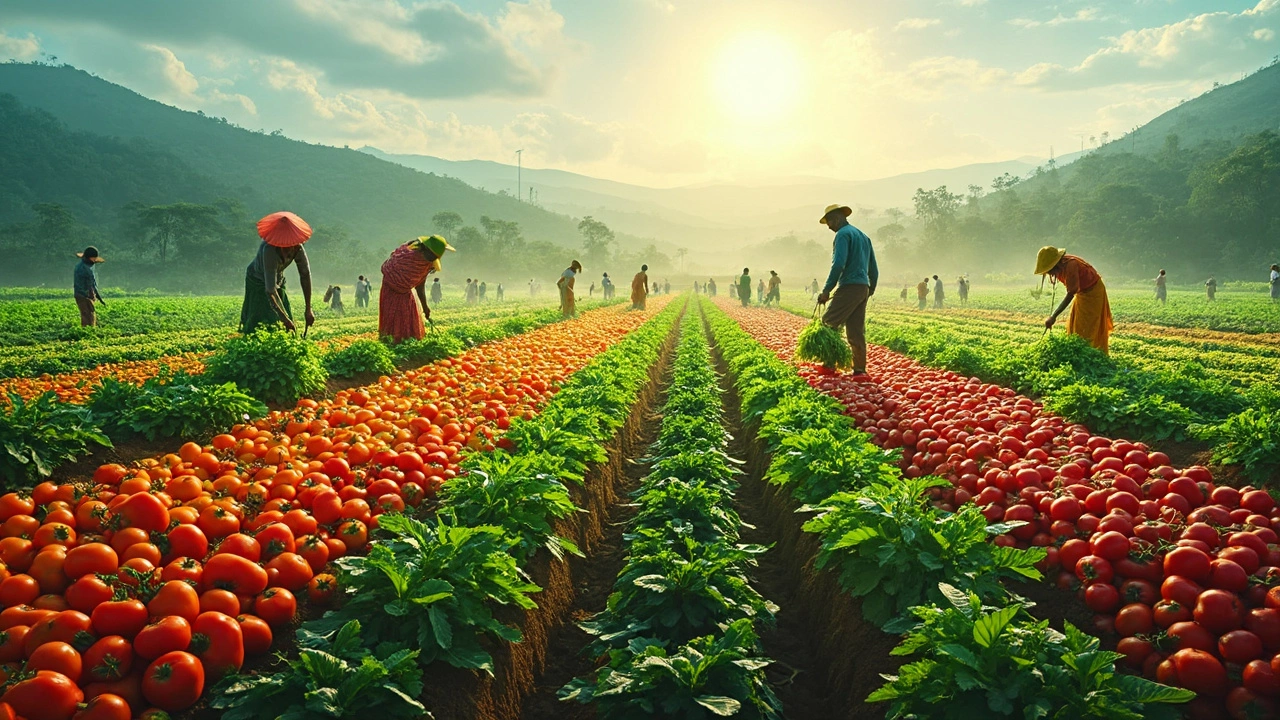Food Supply Planning in India: Balancing Production, Processing, and Distribution
When working with food supply planning, the process of matching what producers grow with what consumers need, while accounting for storage, processing and transport. Also known as food supply chain management, it guides decisions on planting cycles, factory output, and delivery routes to keep shelves stocked without waste.
One of the biggest pillars of agriculture, the science of growing crops and raising livestock is accurate crop forecasting. In India, rice‑producing states like Punjab and West Bengal use satellite data and soil‑moisture tests—similar to the daily watering checks for container gardens—to predict yields. This data feeds directly into food supply planning, ensuring that the right amount of water, fertilizer, and seed are applied at the right time. The result is a tighter link between planting decisions and the downstream demand that factories will face.
The next link in the chain is manufacturing, the conversion of raw farm products into processed foods, pharmaceuticals, and packaging materials. Indian factories that turn wheat into flour or fruit into jams must sync their production schedules with the harvest calendar. Recent trends, like the surge in demand for recycled plastics (rPET, rHDPE) for food packaging, show how manufacturing choices can either amplify or ease pressure on the supply plan. When factories align output with real‑time crop data, they reduce over‑production and cut costs.
Even the best farm‑to‑factory link fails without efficient logistics, the movement, storage, and distribution of goods across the supply chain. Cold‑chain trucks, rail links, and regional warehousing hubs move perishable items from the fields of Maharashtra to city markets within days. Smart routing software now incorporates weather forecasts—like monsoon timing—to avoid delays that could spoil produce. By integrating logistics data into food supply planning, planners can adjust inventory buffers and keep food fresh from farm to fork.
Sustainability is the thread that ties all three pillars together. Practices such as no‑till gardening improve soil health, while rehydrating dry soils speeds up recovery after droughts. Zero‑waste fruit initiatives turn every peel into nutrition, reducing the amount that ends up in landfills. When planners factor these environmental gains into their calculations, they not only meet consumer demand but also lower the carbon footprint of the entire supply chain.
Effective food supply planning also depends on robust forecasting tools. Demand‑sensing algorithms pull in sales data, festival calendars, and even social media buzz about new recipes. These insights help set the right production targets for manufacturers and the correct shipment volumes for logistics partners. The more accurate the forecast, the less need for emergency imports or costly stock‑outs.
Below, you’ll find a curated set of articles that dive deeper into each of these elements— from container garden watering tips that echo larger irrigation strategies, to the latest plastic demand trends shaping food packaging, and the role of manufacturing in boosting local economies. Use them to sharpen your own food supply planning approach and keep India’s food system resilient and efficient.
How Much Rice Does One Person Need for a Year? The Real Numbers Explained
Curious about how much rice one person needs to survive a year? This article breaks down the math, nutrition, and practical tips for long-term rice consumption.
- manufacturing
- India
- food processing
- garden tips
- rice cultivation
- government schemes
- balcony garden
- urban gardening
- balcony gardening
- profitable business
- business ideas
- plastic manufacturing
- drip irrigation
- plant care
- steel manufacturing
- sustainable gardening
- startup ideas
- steel industry
- flower gardening
- textile manufacturers






